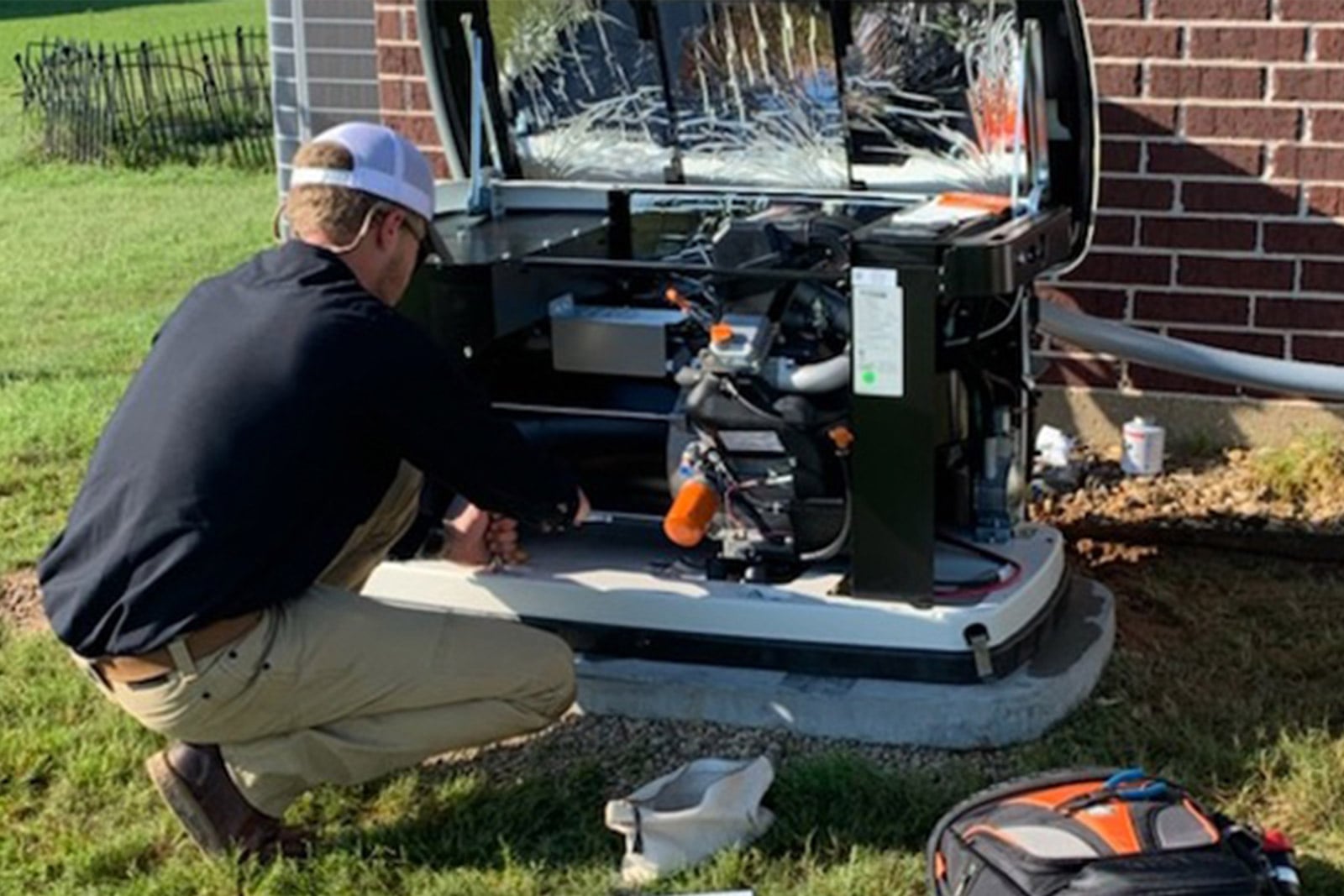
Severe storms are on the rise, and the result is often widespread power outages. The time to prepare is before severe weather hits. Backup power is one way to be ready for storms, but there are many steps you can take to protect yourself and your family when the weather turns particularly nasty. Here are some tips on how to best prepare your home and family for severe weather:
Create a Family Disaster Plan
Make a family plan ahead of time where to go if you are at home, school, work, outdoors, or in a car when severe weather hits. This would also include discussing with family members a designated place to meet if separated. Include a place directly outside the home and in your city or neighborhood. If you were to get separated, someone should be a designated point of contact to bring everyone back together.
Know the Difference Between a Watch and a Warning
A watch is often implemented for conditions of severe weather that may occur in a specified area within the next 36 hours. A warning is implemented when severe weather conditions have been reported by spotters or radar and are expected to affect the area within the next 24 hours.
Inspect Home and Yard for Potential Hazards
Once a warning has been implemented, remove outdoor items such as lawn furniture, trash cans, toys and hanging plants as they may become airborne during a storm. Trim or cut down weak trees and branches that could easily be broken off by high winds and damage homes.
Check that your rain gutters, outside stairwells, window wells, drain lines and downspouts are clear to prevent flooding.
Protect Your Home’s Openings
Protect or cover windows, entry doors, sliding glass doors, garage doors and gable end vents. This is often achieved by using wooden boards or pallets to cover larger areas such as the doors or windows.
Secure Backup Power
Flashlights cannot power refrigerators and candles are fire hazards. The American Red Cross suggests that permanently installed stationary home generators are better suited for providing backup power to the home than portable generators. This is where we come in.